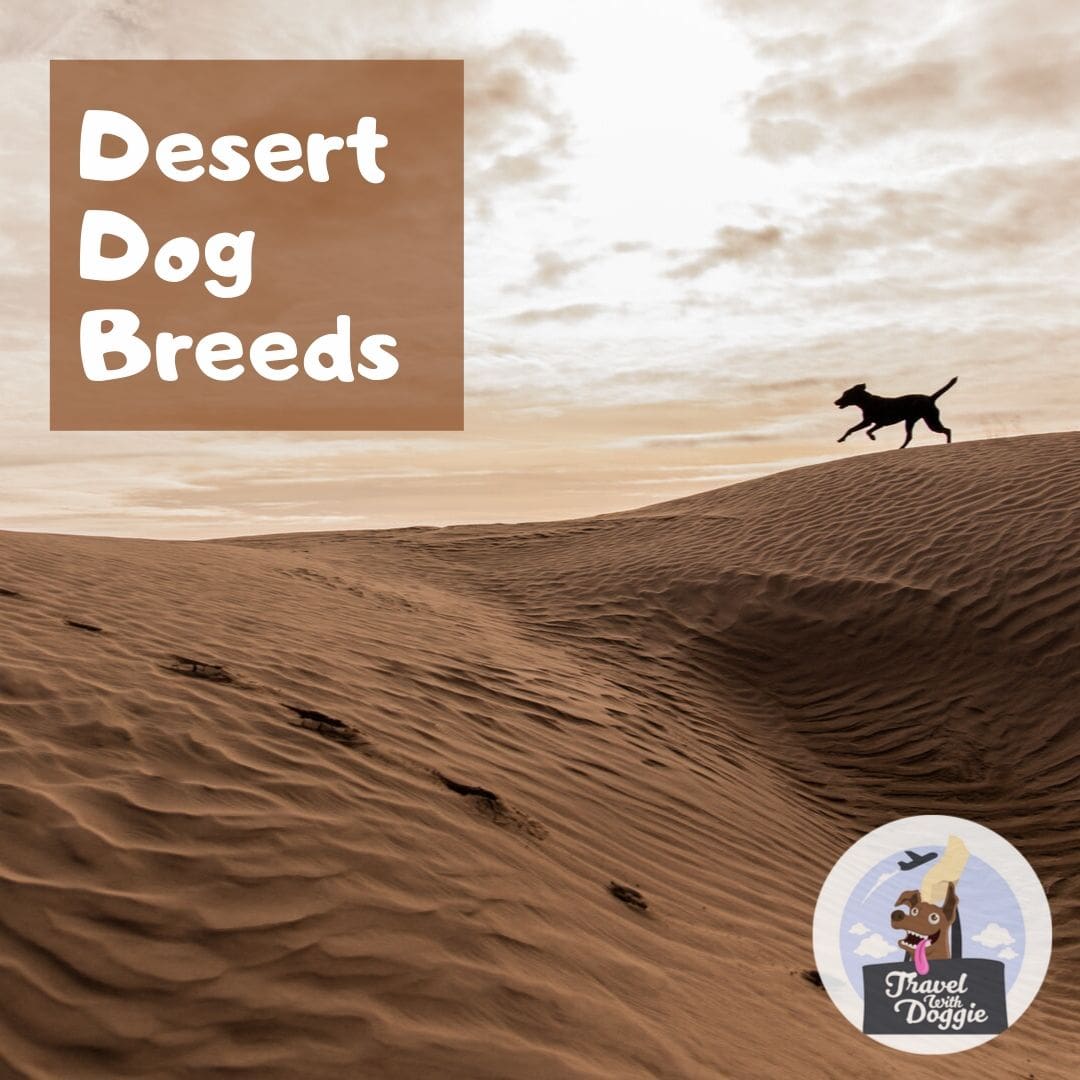We informally group dog breeds that can do well in hot climates under the title desert dog breed. These dog breeds are usually hairless or have short coat of fur to stand the heat. Their biological features prepares them for even the most unforgiving heat the world has to offer.
The list includes 7 hairless dog breeds and 20 other short haired dog breeds that have a good history of surviving well in the heat.
- Xoloitzcuintli
- Chinese Crested Dog
- Peruvian Inca Orchid
- American Hairless Terrier
- Ecuadorian Hairless Dog
- Argentine Pila Dog
- Hairless Chihuahua
- Chihuahua
- Beagle
- Dalmatian
- Doberman Pinscher
- Jack Russell Terrier
- Miniature Pinscher
- Vizsla
- Indian Pariah Dog
- Bully Kutta
- Azawakh
- Basenji
- German Shorthaired Pointer
- Ibizan Hound
- Pharaoh Hound
- Rat Terrier
- Whippet
- American Staffordshire Terrier
- Great Dane
- Australian Cattle Dog
- American Foxhound
That being said, not all short haired dog breeds can withstand the heat. In particular, the brachycephalic dog breeds have a disability that prevents them from thriving in hot climates, even if they have short fur. We will go through them in a bit. But first, let’s go through the list.
Xoloitzcuintli

The Xoloitzcuintli is my first ever dog. It is a Mexican hairless dog breed that has lived for a long time in Central America. Being hairless, it does not have much insulation around it that will trap heat in its body, allowing it to survive even the cruelest summers.
Hairless Chinese Crested Dog
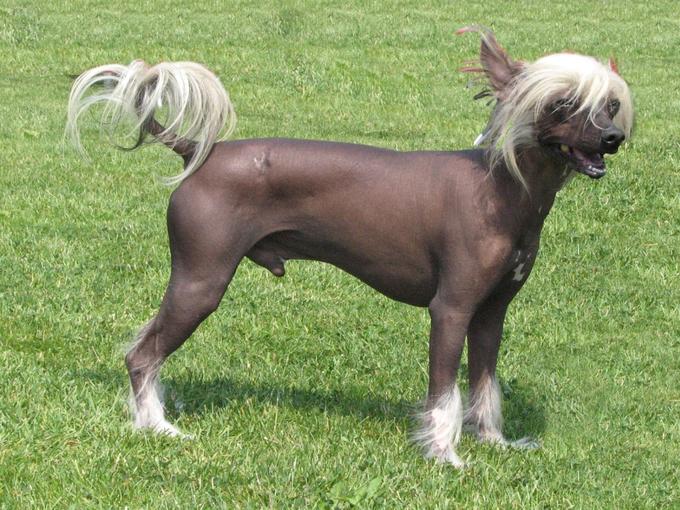
The Chinese Crested Dog has 2 varieties. One of them is the hairless version, where little or no hair is present on the dog’s body. For the same reason as the Xoloitzcuintli, heat would not build up easily, allowing the dog to stay comfortable even in the heat.
Peruvian Inca Orchid
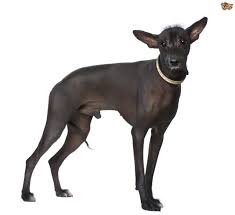
The Peruvian Inca Orchid has sparse amount of hair on their body. For most part of their bodies, their skin is exposed to the environment, allowing heat to disperse quickly and keep their body cool in the hot weather.
American Hairless Terrier
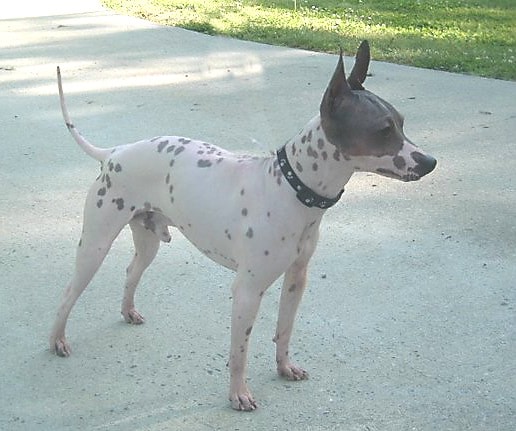
The American Hairless Terrier is a medium sized terrier that has a hairless feature as well. It is smooth muscled and is protective of their owners, making them good watch dogs.
Ecuadorian Hairless Dog
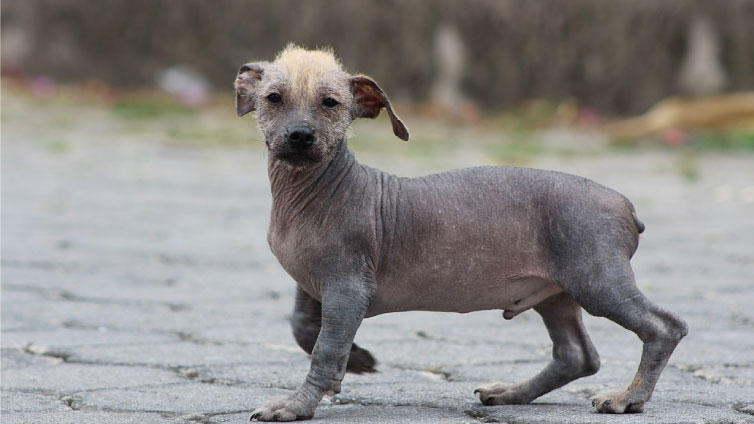
Considered the rarest breed amongst the hairless dog breeds, the Ecuadorian Hairless Dog bears almost no hair on its body or head.
Argentine Pila Dog

A companion of dog various sizes, the Argentine Pila Dog is a cheerful and energetic but surprisingly quiet breed. Without much hair on their body, they do not get heated up easily, allowing them to live comfortably in hot weather.
Hairless Chihuahua

When I look at a Hairless Chihuahua, it reminds me of a sphynx cat due to its size and bald nature. The chihuahua is one of the smallest dog breeds around. Hence, probably due to the natural instinct to protect itself, a chihuahua can be aggressive. However, they are loyal to their owners and are sensitive creatures.
Chihuahua
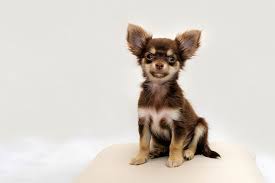
This is the first non hairless desert dog breeds from the list. Not to be confused with the Hairless Chihuahua, a normal Chihuahua do have a short layer of fur. Due to its small size, its body does not produce a lot of heat, and without a thick layer of fur to trap the heat, Chihuahuas can survive in hot climates pretty well.
Beagle

The Beagle is a short-haired small hound. It is primarily a hunting dog breed thanks to its keen sense of smell. Their sense of smell is also the reason that makes them a curious bunch of dogs who can be hard to train one they are set on discovering the source of a particular scent.
Dalmatian

The Dalmatian is easily spotted by its polka dots appearance. It has a smooth coat of fur and do not shed a lot, making it ideal for people who hate cleaning. Its short fur makes its well adapted to hot climates.
Doberman Pinscher

The Doberman Pinscher is a medium large dog that is known for its energy, obedience and fearlessness. While they can survive in the heat pretty easily with its short coat of fur, due to their energy level, they get excited and therefore overheat easily.
Jack Russell Terrier

The Jack Russell Terrier is a smooth muscled small sized dog that is very adaptable to different weather conditions. With its short coat of fur and small body, it can survive in the cold as well as in the heat with ease.
Miniature Pinscher

The Miniature Pinscher is dubbed the mini Doberman Pinscher due to its resemblance and smaller size. It has a short and smooth coat of fur, without undercoat. This unique characteristic allows it to dispel heat from the core of its body easily.
Vizsla
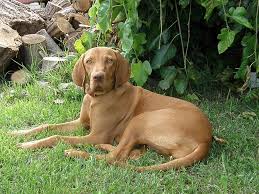
The Vizsla are lean dogs with well defined muscles due to their hunter lineage. It has a distinct reddish nose with a short rust coat. It does not have an undercoat which makes its easy for their bodies to dissipate heat.
Indian Pariah Dog

The Indian Pariah Dog hails from the hot nation of India. It has short coat of fur to help them thrive in the heat. They are highly intelligent and easily trainable.
Bully Kutta

The Bully Kutta is the giant Mastiff breed’s representative from India. They are tough and stout, making them suitable for the hot climate of Indian subcontinent.
Azawakh

The Azawakh bears a very short coat of fur, with no hair on its belly. Originating from Africa, they thrive really well in the desert conditions of sub-Saharan Africa. A perfect desert dog breed for places with hot climate.
Basenji

The Basenji is an alert and energetic dog. It is reserved with strangers, but is very affectionate towards its owner. They bear a short and fine coat to stay cool in the hot climate of Africa.
German Shorthaired Pointer

A large hunting dog from Germany, the German Shorthaired Pointer is a cooperative and obedient dog. Its short coat of fur is made of short stiff hair, making it water resistant.
Ibizan Hound

A lean but agile dog, the Ibizan Hound is an intelligent and active hound that has 2 varieties of coat. They come in short haired or wired coated fur, making them suitable for warm climates.
Pharaoh Hound

Having a non-feathered short coat of fur, the Pharaoh Hound is a desert dog breed can live in a hot climate with ease. It is traditionally used for rabbit hunting.
Rat Terrier

The Rat Terrier has a single smooth coat made of short hair. This allows it to live in a hot climate without sustaining heat injuries easily. A hairless mutation in the 1970s gave rise to the new breed of American Hairless Terrier.
Whippet
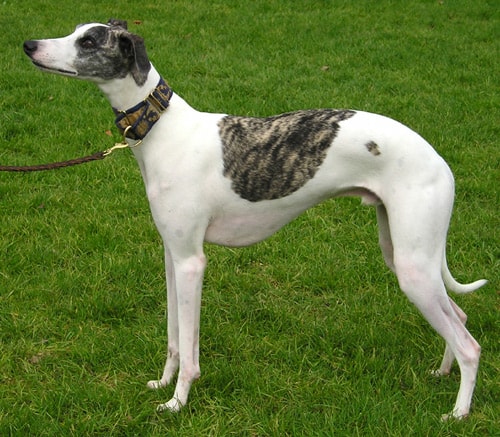
The Whippet yields a short coat made of a fine layer of hair. It is historically used for racing and is well adapted to hot climates and strenuous activities.
American Staffordshire Terrier

A medium sized dog breed with a short coated fur, the American Staffordshire Terrier is notoriously used for dog fighting in the past. Despite its history, it is very people oriented and loyal to its owners.
Great Dane
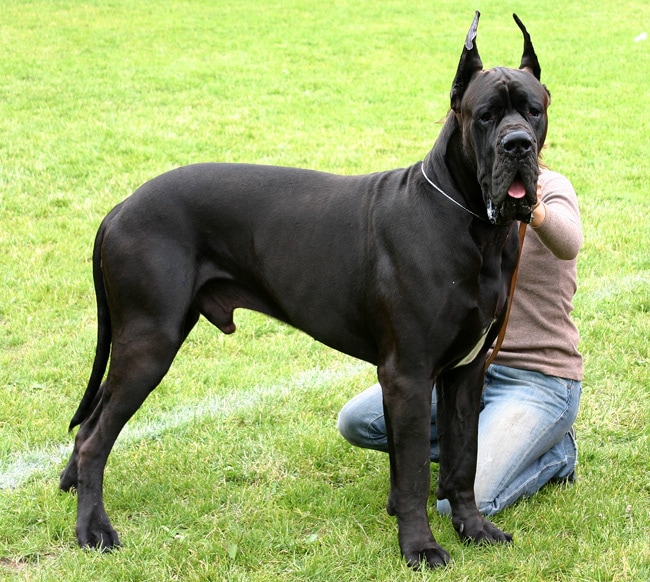
The Great Dane is a large dog that has a short coat with up to 5 varieties of colors. Its breed holds the record for the tallest dog. The short fur ensures no excess heat is trapped within its body, allowing it to stay cool in hot weather.
Australian Cattle Dog

The Australian Cattle Dog has a double coat made of short and straight guard hairs on the topcoat and fine and dense undercoat. It is a lively breed that is well suited to live under rough climatic conditions of the Australian outback.
American Foxhound
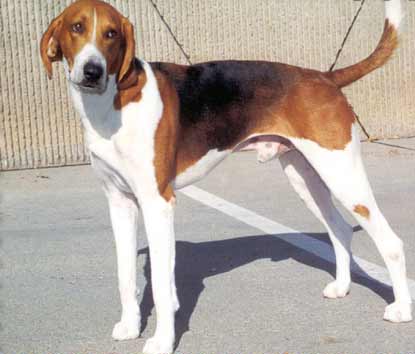
Clad in a coat made of short and hard hair, the American Foxhound is hugely popular for fox hunting. This is perhaps why they are named “foxhound”. They are also well adapted to survive in dry and hot conditions.
Brachycephalic Dog Breeds
Most of the desert dog breeds mentioned are either hairless or short haired. However, not all short haired dog breeds can survive well in the heat. I would like to bring your attention to the brachycephalic dog breeds. These dog breeds have a short snout and gives them a flat face. This is in fact a disability that causes respiratory problems identified as Brachycephalic Syndrome.
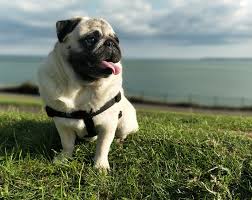
Some of the dog breeds include pugs, bulldogs, shih tzus etc. Some of these dogs have short fur, but due to their disability, they cannot survive well in the hot weather.
Final Thoughts
While these dogs may have genetically evolved over the course of history to survive well under the strong heat, we should still do what we can to help them keep cool. Learn about the different ways to keep your dogs cool to prevent them from unnecessarily sustaining heat injuries.

